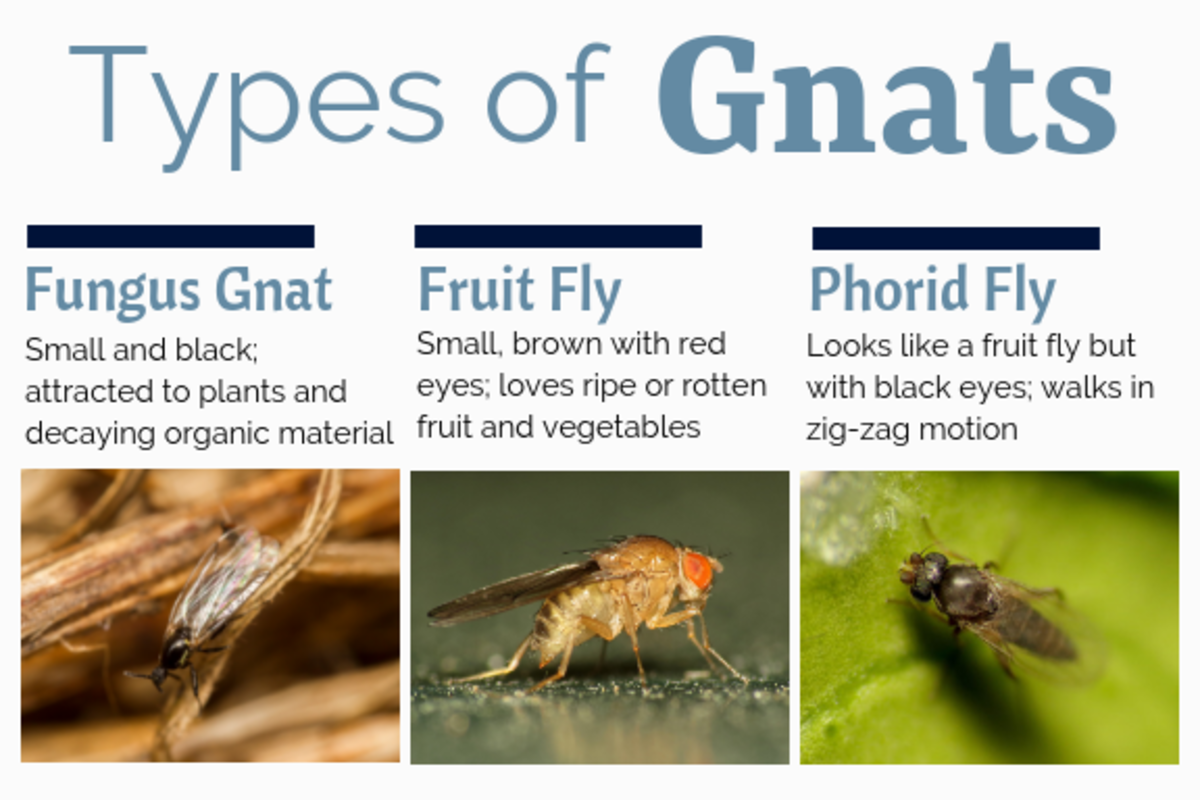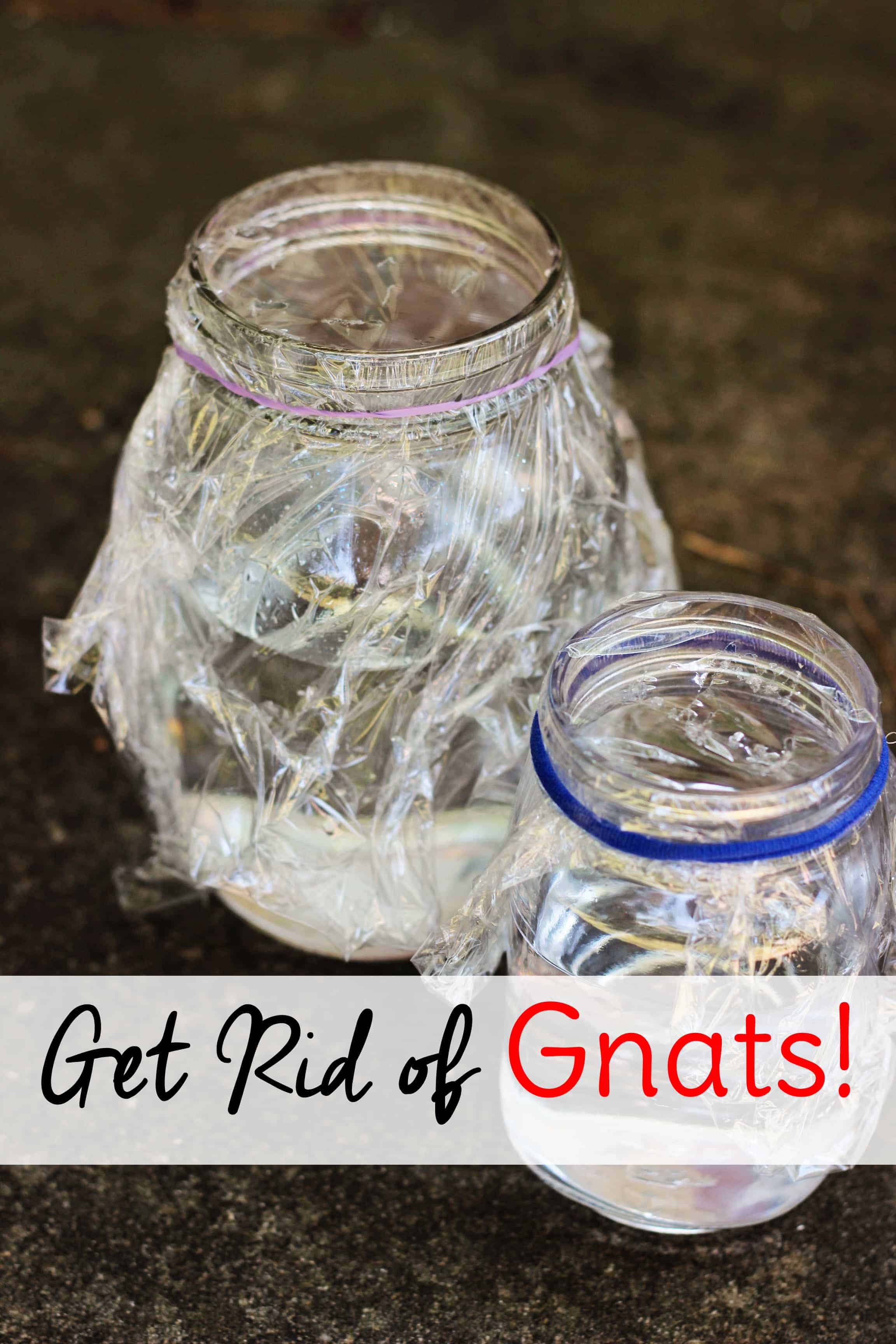12 Effective Ways to Get Rid of Gnats on Houseplants and In Soil
Table Of Content

Even if there’s no food present in your bathroom, flies and gnats may be attracted to this space because of its warmth and moisture buildup. Alternatively, these gnats may be drain flies that live in the sink or tub drains. To get rid of flies, try fly traps made with vinegar and dish soap, clean the drain with bleach, or call a professional pest control.
How to Get Rid of Flies in the House
The bad news is that they can lay about 200 to 300 eggs during their brief lives. Each egg matures into a larva, and then transitions into a pupa and adult. Depending on the species, a gnat’s entire life cycle can be completed in as few as 3 weeks. If you have a fungus gnat infestation, there are a few ways you can get rid of the pests and restore your plants back to health.
How To: Get Rid of Flying Ants

Stir it up, and then place the glass where gnats are floating around. From hanging ribbons and cards to sticky stands specifically designed for potted plants, sticky traps are an easy way to catch a cluster of gnats. You'll just have to keep an eye on it and replace the trap once it's full. To kill drain flies and their eggs nesting in pipes, mix 1/2 cup of bleach in a gallon of water and pour it slowly down the drain. Make sure there’s proper ventilation in the room when you do this and for an hour afterward.
More in Pests
How Do You Bomb Your House Of Bugs? – Forbes Home - Forbes
How Do You Bomb Your House Of Bugs? – Forbes Home.
Posted: Thu, 07 Mar 2024 08:00:00 GMT [source]
Fruit flies usually hover around rotten fruit or near garbage cans. Speaking of plants, gnats are generally attracted to houseplants, as well as moisture, sweet-smelling fruit, and garbage. So while indoor plants are a great way to liven up your space, they can also be the reason why you’re spotting gnats. They feed on soil fungi that result from overwatering plants, according to Fredricks. Gnats typically come out in the summer, but potted plants in a warm house can be quite cozy for gnats, thus annoying you all year long. Fungus from mold or mildew in your home can also be a contributing factor.
Get Rid of Decaying Matter
The idea is that once gnats and fruit flies make their way in through the tiny holes, they get trapped within the plastic and can’t fly out. If you spot these tiny bugs, you’ll need to know how to get rid of gnats inside your home. Be it rotting fruit, overwatered plants or you simply forgot to wipe up a sugary spill, these can easily attract a swarm of gnats. Fruit flies, drain flies, and fungus gnats tend to be the most common household pests. You can often tell which species you’re dealing with by where you find them and how they behave. If pests are hovering around the sink drain, grab a bottle of bleach and mix a half cup of it with a full gallon of water.
The Clorox Company Try a diluted bleach solution for drain flies.
Gnats? Fruit flies? Here's why you have 'em (and how to get them out of your house) - The Citizen
Gnats? Fruit flies? Here's why you have 'em (and how to get them out of your house).
Posted: Tue, 27 Jun 2023 07:00:00 GMT [source]
Amanda Rose Newton is a pest specialist and horticulture expert, reviewing pest control and gardening content for The Spruce's Cleaning and Gardening Review Board. Her passion for pest control and sustainable gardening allows her to review plant and pest content for best practices and accuracy. She is a board-certified entomologist and volunteers for USAIDs Farmer to Farmer program. She is a professor of Horticulture, an Education Specialist, and a pest specialist. Pepper Moran is a pest control expert with over five years experience in educating homeowners on affordable and earth-friendly ways to protect their homes from pests. If the flies won’t leave you alone, this clever trick using a bar of soap can put a stop to them.

Kitchen sink drains are common spots where gnats lay eggs, especially in garbage disposals. They love the warm, moist environment and any food and bacteria build up that occurs there. Kill any eggs in your drain by pouring boiling water in the sink. In their larval stage, they mostly eat fungi and organic matter found in soil. This is why potted house plants are one of the gnat’s favorite places to breed.
Most gnats are not harmful to humans, though some can give you bites a little, like mosquito bites. Fungus gnats are those that love your houseplants; in large numbers, they can damage plants' roots and growth. Fruit flies are attracted to rotten fruit but love any sweet liquids, such as vinegar and red wine. Drain flies can be found buzzing around your home's drains, while midges are more likely to gather around standing water, such as your backyard's water features.
Gnats vs Fruit Flies
If you have a gnat problem, you may have noticed them swarming around your house plants. Fungus gnats are the most common type of gnat found around house plants. While fungus gnats do not bite people, fungus gnats can damage your plants.
"Many houseplants prefer to have a break between watering." If you notice fungus gnats buzzing around your plants, consider adjusting your watering schedule. Gnats breed in damp areas, so check for places where water may be collecting, such as around leaky pipes or overwatered outdoor plants. Overwatered houseplants are a common attractant for gnats, so allowing the soil to dry out between watering can help. However, if you want to try botanical controls, the best choice is Bacillus thuringiensis subspecies israelensis (Bti), the same bacteria used for mosquito control in ponds. These bacteria control gnats but pose no risk to people or pets. Look for "Bt" in the form of mosquito dunks or granules (in the pest control section or near pond supplies in a home or garden center).
The most obvious sign that your houseplants are infested with fungus gnats is the appearance of adult gnats. "As the larvae feed on the roots of your plants, they reduce the amount of nutrients that the plant is able to uptake into its foliage," says Royer. "You may notice that your plant has not been growing quite as well or that the leaves have started to yellow." Fungus gnats are attracted to the color yellow and get stuck in the traps. It’s not a pretty sight, but it is an easy, nontoxic way to eliminate large quantities of adult fungus gnats.
If all else fails, it might be time to call a professional extermination service. Extermination services will charge between $100 and $450 to treat an infestation. And some extermination services offer guarantees that state if the infestation reoccurs within a certain amount of time, they’ll treat it again. As the Homes Content Editor, Cynthia Lawrence covers all things homes, interior decorating, and garden-related. She has a wealth of editorial experience testing the latest, ‘must-have’ home appliances, writing buying guides and the handy ‘how to’ features. Every pest is different, and knowing what you're dealing with is essential before formulating a treatment plan.
Inspect new plants—Before bringing new houseplants home, carefully inspect them for any signs of pests. Also, isolate new houseplants for two to three weeks to protect other existing plants in your home from possible infestation. Then, you can set up quarterly or bi-monthly scheduled treatments to continually prevent any issues in the future.
Some people claim you can use cinnamon powder to kill off gnats and gnat larvae. The idea is that cinnamon has antifungal properties and destroys pathogens in the soil that larvae feed on. Over time, the tiny grubs should die off, and you’ll no longer have any flies.
Gnat larvae live in soil, and these bugs munch their way through decaying plant matter. They quickly become larger and will grow to about 0.25” (6 mm) in two weeks. If there is little organic matter in the soil or plant roots have a fungal disease, the tiny white bugs will start eating their way through your plant.
With interior gnat and fly issues, the issue will likely go away once the feeding or breeding ground is found and removed. If you are having trouble finding where the gnats or flies are coming from, call a professional integrated pest management specialist to help you deal with the problem. Fruit flies are so small they can pass through ordinary screening used to keep other flies away. They are common in houses, especially kitchens, restaurants, and other food-handling sites, attracted to ripening or fermenting fruit, other fly droppings, and uncooked food. Light traps can be installed inside and outside to discourage gnats.
Comments
Post a Comment